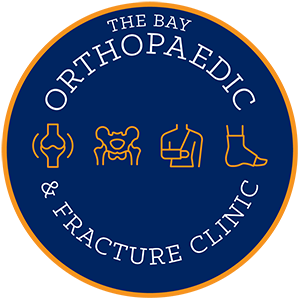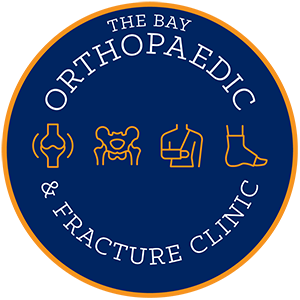Ankle pain is often related to arthritis which may be caused by a prior accident or instability of the ankle.
In younger patients with less severe symptoms this can be managed with keyhole surgery and a tidy up of the joint and management of cartilage defects, but in more severe cases the options are a fusion or replacement.
Ankle replacements
Ankle replacements have been in development for many years now, but the results were originally inconsistent and didn’t match hip and knee replacements. With progressive technology, more accurate implant positioning, and more data available, we are more reproducible with results we can achieve with ankle replacements. There is a clearer market leader with ankle replacements, which is now the most commonly used ankle replacement in the UK and Australia with the lowest revision rate. Whilst technology for MAKO total ankle replacements will hopefully be here mid 2020’s, we have the next best thing of CT planned specific guides that are custom made for your ankle. Much like the MAKO, a 3D model is taken of your joint, and that model is used to guide implant positioning. The difference between this technology and the MAKO, is that instead of the robotic arm assisting with the cuts, intra-operative x-rays are used to confirm everything lines up exactly right before any bone cuts are made. The aim with any joint replacement is accurate implant positioning for the best outcome possible.
Ankle fusion
An ankle fusion sticks the bones together with screws and a plate, whereas as an ankle replacement keeps the joint moving. Ankle fusions were seen as the gold standard for ankle arthritis, but that is now not the case as ankle replacements have become more reproducible. Most people have concerns regarding walking awkwardly with an ankle fusion, but patients walk almost imperceptibly following a successful fusion.
Which is right for me?
There is still a healthy debate regarding the risks and benefits of an ankle fusion versus an ankle replacement. Whilst there are pros and cons to each option, patents eligible for an ankle replacement must fit within certain guidelines to ensure we have a successful result, with age, BMI, and existing deformity playing a role. There are 2 main types of ankle replacements seen in the video below, with a stemmed component being available for those with softer bone or with a larger preoperative deformity.
Following an ankle fusion you will be non weight bearing for 4-6 weeks in a plaster, then 6 weeks increasing weight bearing in a moon boot or ankle high boots, with most patients walking pretty comfortably at 3 months. We always advise wearing rocker soled shoes after surgery to help your walking pattern following a fusion. Following an ankle replacement patients are in a backstab non weight bearing for 2 weeks whilst the wound settles, then progress with weight bearing initially in a moon boot.
INFINITY™ Total Ankle Replacement
INBONE™ Total Ankle Replacement
Ankle Fusion
We have much more information to give you about ankle arthritis!
If you wish to discuss this further please call the reception team on 07 4128 0736 and they’ll be happy to help.
The Bay Orthopaedic & Fracture Clinic
Clinic 5, 13 Medical Place
Urraween QLD 4655
© 2022-2024 The Bay Orthopaedic & Fracture Clinic | Privacy Policy | Disclaimer | Website design:

